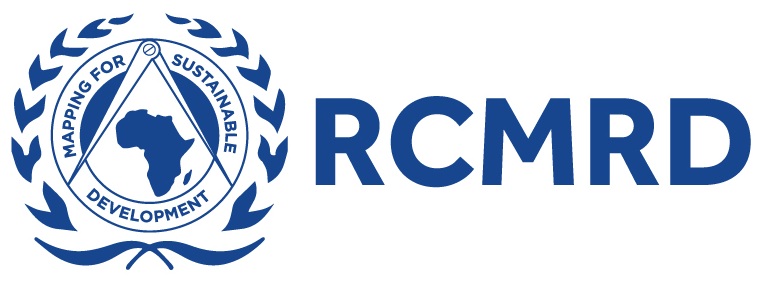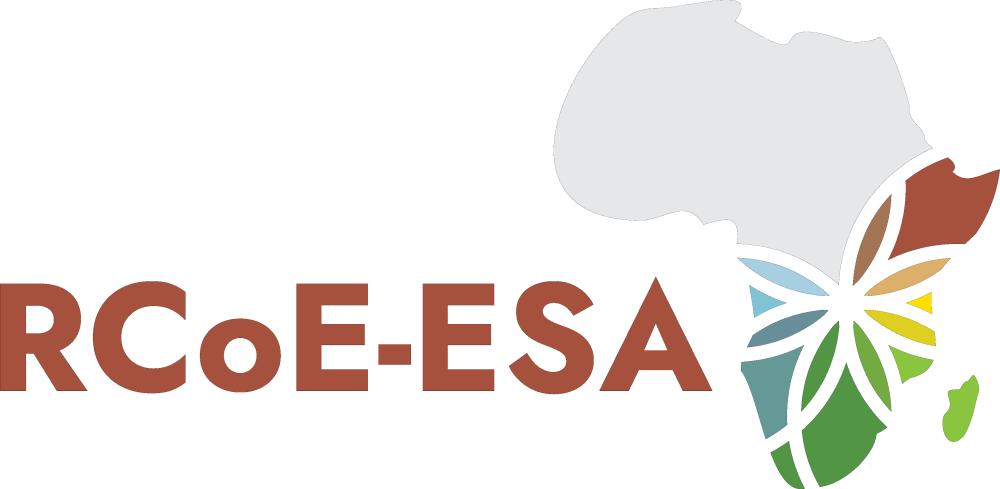 Translate
Translate
Resources
Mapping Climate Risks in the Malawi-Zambia Transfrontier Conservation Area
| Author: | Jensen, P.D. & R.H. Carrie |
| Language: | |
| Topic: | Climate Change |
| Type: | Research |
| Last updated: | 15 May 2025 |
Due to the scale of the SADC region, encompassing 16 of the most southern nations of the African continent, the experimental mapping work undertaken in 2020 did not allow easy identification of smaller scale regional climate risk variations or the nuance of vulnerability within nations. As such, a request was made by the Deutsche Gesellschaft für Internationale Zusammenarbeit GmbH (GIZ) supported SADC/GIZ Climate Resilience and Natural Resource Management Project to repeat the work with a clear focus on the Malawi-Zambia Transfrontier Conservation Area (Malawi-Zambia TFCA). This focus was necessary to provide a platform for the development of climate risk mitigation and adaption strategies within the Malawi-Zambia TFCA region and the management plans of the area and its key sectors.
Vulnerability mapping results for the Malawi-Zambia TFCA suggested that there is a distinct difference in average vulnerability across the border region. Malawi was, in general, seen to be less vulnerable than the Zambian border region. Within the TFCA, some of the most vulnerable areas were found to be in the western border area of North Luangwa National Park and the adjoined Musalangu Game Management Area. An analysis of the underlying vulnerability data highlighted that gender inequalities are higher than in surrounding areas, with general aspects of poverty and distance to market also regularly falling within the higher mean vulnerability scores for the mapped area. In contrast, relatively high gender equality scores were found in the Lukusuzi region, and partly responsible for areas possessing mean scores in the National Park indicating lower overall vulnerability. Higher average vulnerability scores that do exist in the north of the Lukusuzi National Park appear to be a product of relatively high soil loss in addition to being some distance from a market.










